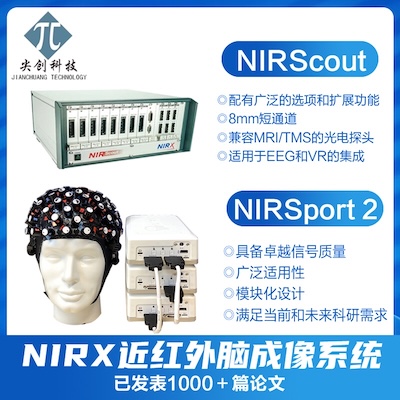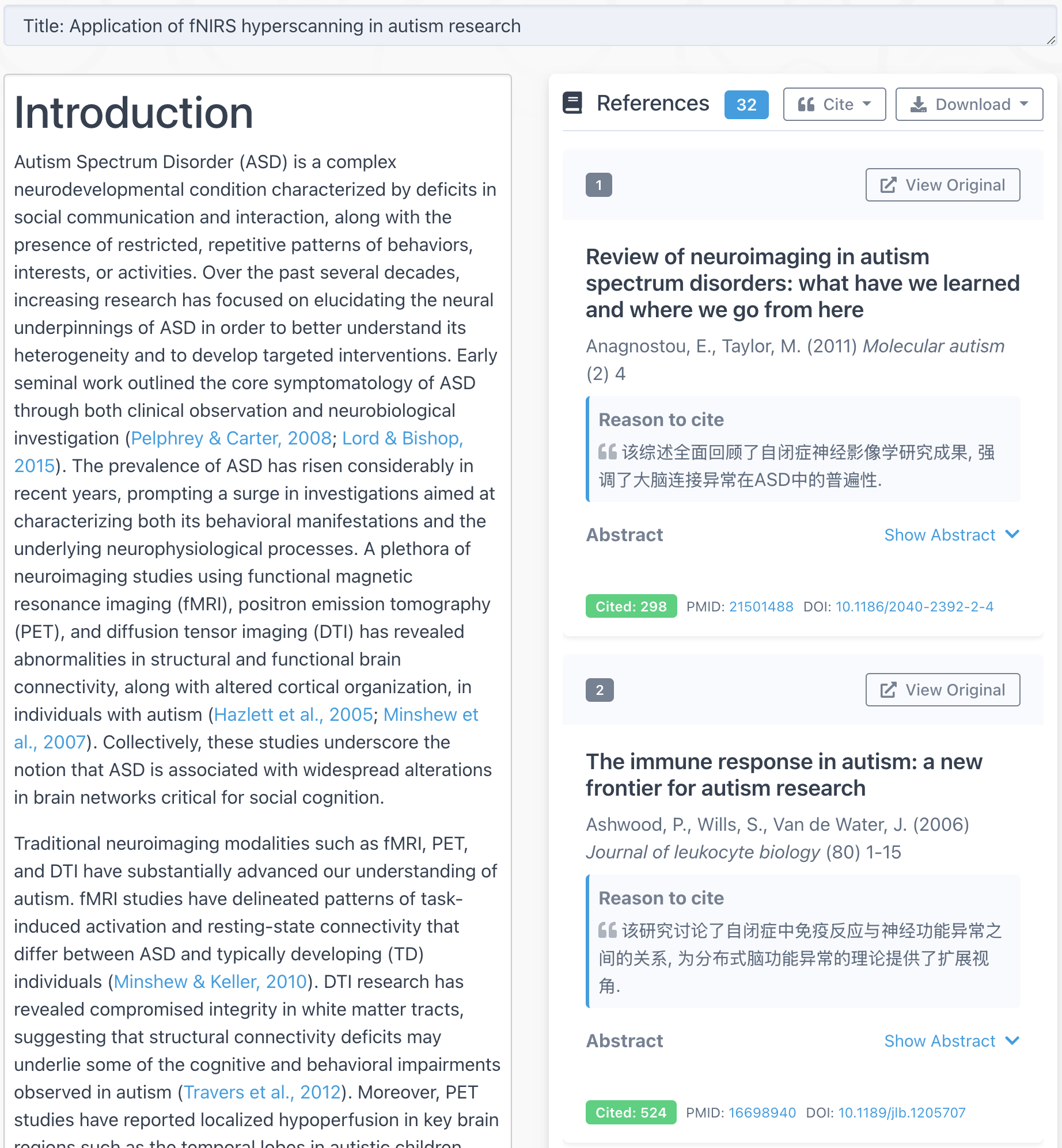Brain Dynamics Lab (bdl.stanford.edu) is a computational neuropsychiatry lab dedicated to developing computational methods for a better understanding of individual differences in brain functioning in healthy and patient populations.
Current projects include – [1] Characterizing spatiotemporal dynamics in brain activity to develop person- and disorder-centric biomarkers; [2] Understanding the role of brain dynamics for optimized learning and performance in individual and team settings; and [3] Developing methods that use network science (or graph theory), connectomics, machine learning, and signal processing for better understanding of brain dynamics.
To apply for either position — please email your CV, names of 3 references and a cover letter to [email protected]
——RA position——
Applications are currently being invited for a Research Assistant position in the Brain Dynamics Lab @ Stanford, under the direction of Dr. Manish Saggar.
Responsibilities for this position include:
Developing neuroimaging experiments, collecting neuroimaging data, processing and analysis. Imaging modalities to be handled include functional and structural MRI, EEG, and fNIRS.
Job Qualifications:
[1] Bachelors in Computational Neuroscience, Cognitive Science, Computer Science, or other related scientific fields.
[2] Proficient in programming in Matlab, Python, and other related computing languages
[3] Experience with neuroimaging data collection (fMRI and/or fNIRS)
[4] Experience with one or more MRI/EEG/NIRS data analysis packages (e.g., AFNI, FSL, EEGLAB, HOMER etc.) is preferred, but not required.
[5] Ability to work effectively in a very collaborative and multidisciplinary environment.
—— Postdoc position ——
A full-time postdoctoral position is available in the Brain Dynamics Lab @ Stanford, under the direction of Dr. Manish Saggar.
The postdoctoral fellow will lead computational neuroimaging projects involving multimodal neuroimaging data (EEG+fMRI/fNIRS) to understand the role of fluctuations in intrinsic brain activity in healthy and patient populations. The fellow will participate in collecting and analyzing multimodal neuroimaging data, training and supervising students and research assistants, preparing manuscripts for publication, as well as assisting with grant applications. The position provides a unique training opportunity in computational modeling, neuroimaging, network science and machine learning.
Job Qualifications:
[1] PhD (or MD/PhD) or equivalent in computational neuroscience, computer science, psychology, statistics, bioengineering or a related field.
[2] Strong writing skills demonstrated by peer reviewed publications
[3] Proficient in programming in Matlab, Python, and other related computing languages
[4] Experience with one or more MRI/EEG/NIRS data analysis packages (e.g., AFNI, FSL, EEGLAB, HOMER etc.) is preferred, but not required.
[5] Familiarity with advanced data analysis methods, multivariate statistics, machine learning, data mining and visualization, and cloud computing is a plus.
— — — —


